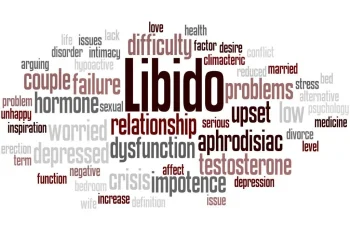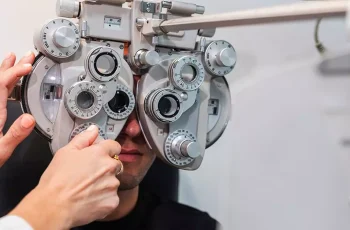Depression, a widespread mental health issue, affected 21 million U.S. adults (8.3%) with a major depressive episode in 2021, per the NIMH. Studies estimate 16%-20% of people face major or persistent depression in their lifetime, often before age 30. It disproportionately impacts females and younger groups, with 5 million U.S. adolescents (aged 12-17) experiencing depression in 2021—girls over twice as likely as boys. Multi-racial teens show the highest rates, hinting at sociocultural influences.

Gender and age disparities may stem from biology, genetics, and socioeconomic factors. In youth, brain development, trauma, health issues, and hormones heighten vulnerability, with early depression often leading to lasting adult challenges. Recognizing depression is key, but support is critical. Warmlines offer empathetic peer support via calls, chats, or texts, while crisis lines like 988 and the Veterans Crisis Line provide immediate counselor aid.
Depression’s prevalence demands awareness and resources. Understanding its causes, demographic trends, and support options can ease its burden, fostering a healthier society through education and accessible care.




